Galleries 23
Collections 0
Groups 0
Created 28-Oct-06
Modified 21-Nov-19
As China modernizes, its population becomes more urban. In fact, planners and demographers estimate that by 2030 about 60% of the then 1.5 billion Chinese will live in cities (as of the end of 2007, the ratio is around 47%). Thus Chinese cities undergo huge structural and functional changes these days. As urban planning (guihua 规划) is closely related to central planning (jihua 计划), with very little wealth being generated in the non-competitive rural areas, China experiences internal migration towards urban centers of an unprecedented scale.
For the sake of argument, one could divide the evolution of the Chinese city into the following (very broad) categories:
1. Traditional, walled cities ("Yao/Shun era" to the 1930s); very few remaining, such as Xian; negative example: Beijing.
2. The socialist city (1950s to mid-1980s); boosting the percentage of blue-collar workers, affordable housing, urban communes, work-unit (danwei 单位) type, discreet enclosures, broad, central avenues and large squares, Soviet style exhibition halls.
3. The hybrid city (1860s to today); western design principles meshed with Chinese traditional street grids and architecture; Shanghai, Tianjin are good examples. Many of these were the first to develop a modern infrastructure.
4. The global city (mid-90 to today) - complete with CBD inhabitated by sufficient number of TNCs, large-scale commercial and industrial zoning regulations, international airport, a multiplicity of urban cores, internationally linked informal network hubs, etc. Beijing, Hong Kong and Shanghai come to mind.
The images provided here depict the ongoing urban transformation of Chinese cities since 1981 (the first time I visited China). Please also check out the Tianjin and Fuzhou related galleries for similar images.
Thomas H. Hahn
Ithaca & Beijing
For the sake of argument, one could divide the evolution of the Chinese city into the following (very broad) categories:
1. Traditional, walled cities ("Yao/Shun era" to the 1930s); very few remaining, such as Xian; negative example: Beijing.
2. The socialist city (1950s to mid-1980s); boosting the percentage of blue-collar workers, affordable housing, urban communes, work-unit (danwei 单位) type, discreet enclosures, broad, central avenues and large squares, Soviet style exhibition halls.
3. The hybrid city (1860s to today); western design principles meshed with Chinese traditional street grids and architecture; Shanghai, Tianjin are good examples. Many of these were the first to develop a modern infrastructure.
4. The global city (mid-90 to today) - complete with CBD inhabitated by sufficient number of TNCs, large-scale commercial and industrial zoning regulations, international airport, a multiplicity of urban cores, internationally linked informal network hubs, etc. Beijing, Hong Kong and Shanghai come to mind.
The images provided here depict the ongoing urban transformation of Chinese cities since 1981 (the first time I visited China). Please also check out the Tianjin and Fuzhou related galleries for similar images.
Thomas H. Hahn
Ithaca & Beijing
© Thomas H. Hahn Docu-Images
Beijing Urban Planning Exhibition Hall
Visitors 1100
25 photos
Created 23-Jul-06
Modified 23-Jul-06
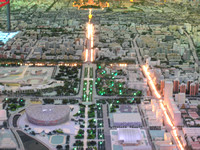
Beijing Urban Planning 1954 - 北京1954年城市规划测绘图
15 photos
Created 9-Nov-08
Modified 9-Nov-08
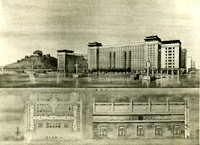
The new/old Gongwangfu 恭王府
Visitors 1031
64 photos
Created 4-Aug-06
Modified 4-Aug-06

A new street in Beijing
Visitors 592
16 photos
Created 2-Feb-09
Modified 2-Feb-09

Sino-Singapore Tianjin Eco-city
Visitors 2265
40 photos
Created 20-Nov-08
Modified 20-Nov-08

Life in a Chinese city (1985/86)
72 photos
Created 26-Sep-23
Modified 26-Sep-23
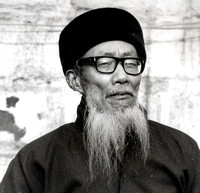
Urban renewal along the old Grand Canal in Wuxi
Visitors 610
34 photos
Created 26-Oct-23
Modified 26-Oct-23
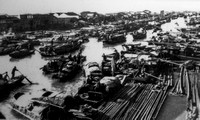
Post-industrial landscapes: Factory 798 in Beijing
Visitors 393
29 photos
Created 26-Mar-09
Modified 26-Mar-09
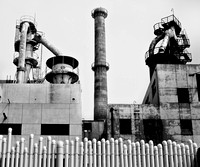
8 months after the Wenchuan earthquake
Visitors 1026
40 photos
Created 26-Sep-23
Modified 26-Sep-23
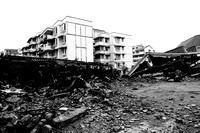
Wuzhen - A traditional Chinese water village
Visitors 309
49 photos
Created 26-Sep-23
Modified 26-Sep-23
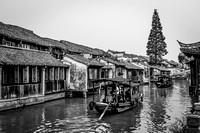
The old village of Nanxun 湖州南潯 (Zhejiang province)
39 photos
Created 11-Feb-09
Modified 11-Feb-09

The old village of Qingyan 贵州青岩
35 photos
Created 15-Feb-09
Modified 15-Feb-09

Suzhou in b/w
Visitors 341
8 photos
Created 24-Dec-06
Modified 24-Dec-06
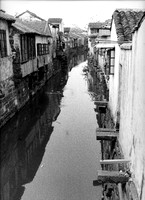
Chongwu township 崇武镇 in Fujian province
Visitors 413
25 photos
Created 26-Sep-23
Modified 26-Sep-23

Christian churches in China
198 photos
Created 3-Aug-25
Modified 3-Aug-25

Chinese artists and the city 近代城市化与当代艺术家
193 photos
Created 13-Mar-16
Modified 13-Mar-16
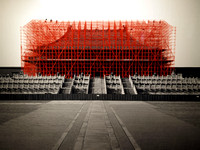
Beijing - Views from above
Visitors 433
6 photos
Created 21-Dec-23
Modified 21-Dec-23
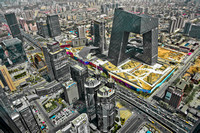
Beijing CCTV Tower - artistic renderings
Visitors 1076
29 photos
Created 3-Aug-25
Modified 3-Aug-25

Shanghai scrapbook
24 photos
Created 12-Dec-12
Modified 12-Dec-12

How China's children view the city
Visitors 142
22 photos
Created 28-Jan-14
Modified 28-Jan-14

The Taku and Beitang Forts near Tianjin
18 photos
Created 23-Jul-06
Modified 23-Jul-06

Tianjin's former Italian concession
46 photos
Created 1-Oct-10
Modified 1-Oct-10
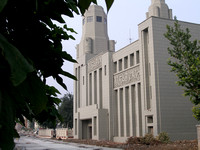
Capital Steel, Beijing
Visitors 64
16 photos
Created 26-Oct-23
Modified 26-Oct-23
